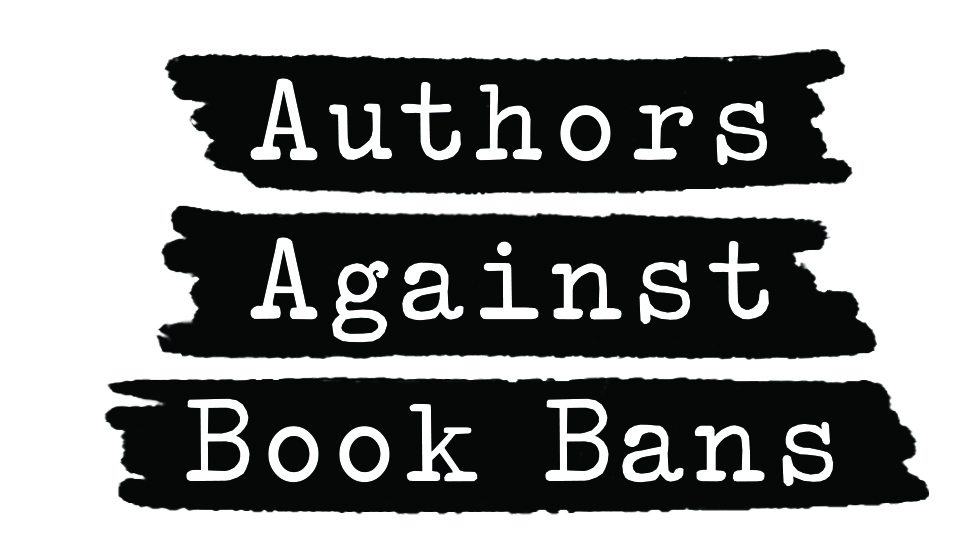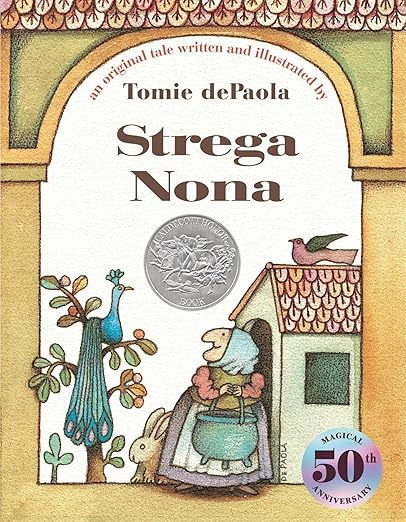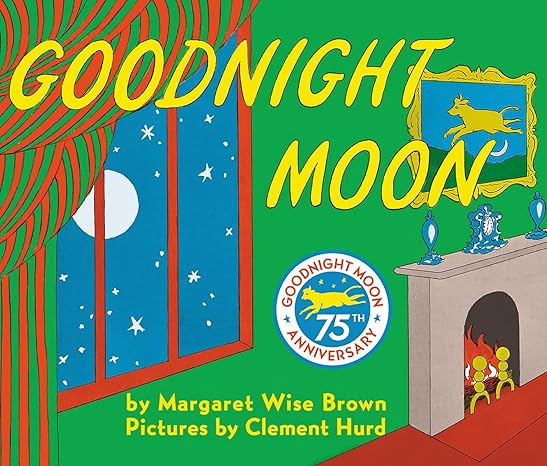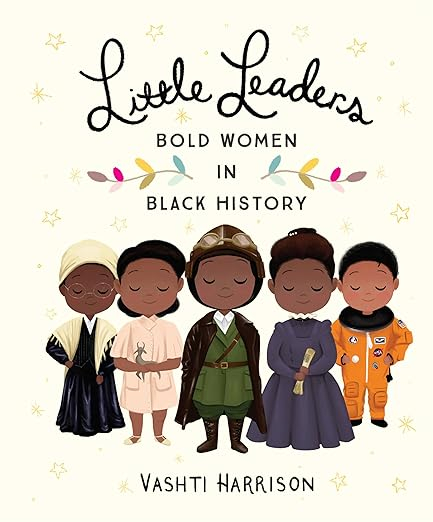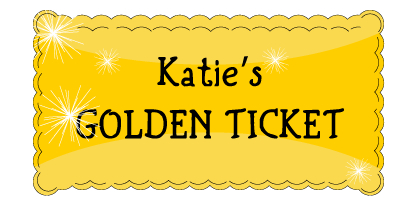It’s Banned Book Week
A World Without Books?
Picture this: a classroom where only picture books about farms, puppies, and princes remain. Over time, the shelves grow bare—some books simply removed, others never purchased. That’s not fantasy. It’s happening right now in districts across the country.
Why children’s books are targeted
Children’s books are disproportionately targeted in library and school bans. A University of Pennsylvania study found that 59 % of banned titles were children’s books featuring diverse characters or nonfiction about history and social movements. Because when someone wants to reduce complexity, they start early—by limiting what young minds can see, imagine, and question.
But which books? Maybe they’re not good ones? Nope. Classic and beloved titles that have been challenged or banned include
Captain Underpants by Dav Pilkey (for “insensitivity, encouraging disobedience, offensive language”)
Strega Nona by Tomie dePaola (because it makes witchcraft looks fun!)
And it can take just one offended voice to take a book off the shelves. For decades Goodnight Moon was not stocked by the New York Public Library due to ONE librarian’s dislike.
The Family Book by Todd Parr (“Each colorful spread shares an example of family structure or circumstance, from straightforward to silly.
Parents and other groups object to the page of this book that reads, “Some families have two moms and two dads,” saying it encourages a homosexual lifestyle.” weareteachers.com
Little Leaders: Bold Women in Black History by Vashti Harrison (for promoting critical race theory, which is just HISTORY.)
These bans are not random. They aim to suppress voices—especially voices of children and authors of color, LGBTQ+ authors, or stories that ask hard questions about identity, history, power, belonging.
What history tells us
Book banning is not new. In the U.S., some of the earliest bans date to 1637 in Massachusetts, when the General Court ordered removal of religious books considered “erroneous.” (Harvard Library Guides) Over centuries, books have been banned for political, religious, racial, or sexual “transgressions.” Today’s wave resembles McCarthy-era censorship in scale: PEN America reports nearly 16,000 bans in public schools since 2021. (PEN America) Their “Index of Concern” shows 22,810 cases of book bans across 45 states and 451 school districts since mid-2021. (PEN America)
In 2024 alone, the American Library Association documented 821 attempts to censor library materials and 2,452 unique titles challenged. (American Library Association) This is only partial—many bans go unreported or quietly enforced by “do not buy” directives.
How book bans harm children
- Civic disempowerment. Banning is a message: “Not every idea is worthy of your mind.” It teaches children that authority can decide what is worth reading, thinking, or feeling.
- Cultural erasure. When stories from marginalized communities are removed, children from those communities do not see themselves, or worse, possibly: see themselves erased.
- Diminished empathy. Great children’s books expand our capacity to understand others. Remove the mirror and window—empathy shrinks.
- Academic narrowing. Freedoms in literature correlate with stronger critical thinking, meaningful discussion, and deeper literacy.
- Chilling effect. Authors, librarians, and teachers may self-censor to avoid backlash, and kids may turn away from reading altogether in frustration or fear.
How to fight back
- Support challenged authors and their names. Speak their names publicly. Share their titles.
- Join or support nonprofits like PEN America, SCBWI’s UnBanning Books initiatives, We Need Diverse Books, and United Against Book Banning. SCBWI provides resources for authors and illustrators to defend against bans. SCBWI+1
- Write your school board. Attend meetings. Ask why a title was removed. Demand transparent processes.
- Donate to library funds that help purchase and maintain challenged books.
- Host read-ins, book festivals, or community reads for the banned titles.
- Lend your voice on social media. Use banners and hashtags during Banned Books Week, and share stories of how books changed your life.
Every time a child opens a book to a world they didn’t know, they gain strength. Every time a teacher defends a shelf, they protect possibility. The fight against banning is not just legal or political—it is love for readers, for the messy, beautiful, complex world that literature lets us see. In that world, no book is too small, no reader too young to deserve wonder.


